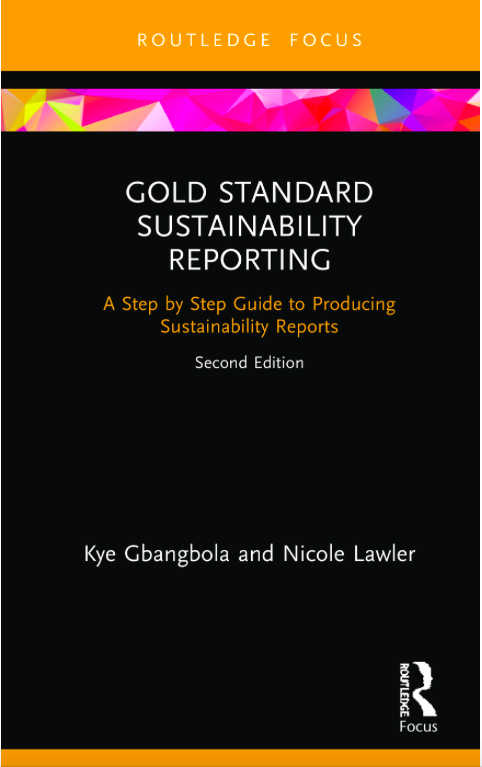
The global evolution of corporate reporting has taken another significant step forward with the release today of the Consultation Draft of the International Integrated Reporting <IR> Framework. The Framework creates the foundations for a new reporting model which will enable a business to provide a concise communication of how it creates value over time.
The International Integrated Reporting Council (IIRC), which is launching the Framework, is issuing a worldwide invitation to stakeholders to respond to the consultation. Fifteen events are being held around the world to launch the Framework, six of which are being hosted by stock exchanges. The IIRC was established in 2010 and today has a presence in 25 countries globally. Businesses involved in its work include: The Coca-Cola Company, China Light and Power, The Clorox Company, National Australia Bank, Unilever and Hyundai. The 50+ institutional investors that have been involved in shaping and testing the Framework include: Deutsche Bank, Goldman Sachs, Natixis, APG and Norges Bank.
Integrated Reporting responds directly to the challenge faced by providers of financial capital, including investors, that intangible factors, such as intellectual property, brand, talent and environmental resource use are insufficiently integrated into the strategic decision-making and reporting by businesses, leading to the potential for a misallocation of resources and a higher cost of capital.
Speaking today at the South African launch of the Consultation Draft at the Johannesburg Stock Exchange, Professor Mervyn King SC, Chairman of the IIRC, said:
“The world today faces two critical and interconnected dangers: financial instability and unsustainability. Both of these dangers pose threats to the livelihoods of communities across our planet - to their wealth and welfare. They are risks that have been under-managed and under-reported for too long. The corporate reporting landscape has not kept pace with the scale of the changes that have taken place in the world economy, business and society in recent decades.
"Businesses and investors have a central role in making capital allocation decisions that will ultimately determine the resilience of our financial system and the success of the economy over the short, medium and long term. Integrated Reporting brings businesses and investors to the centre of this debate. It charges them with the responsibility to communicate how they create value over time. It empowers them to create new tools and mind-sets that will improve the quality of decision-making by businesses and investors. And, crucially, it will lead to changed behaviour, a focus on the future as well as the past and a reporting model that reflects and communicates the reality of business, its operations and its impacts, in the 21st Century”.
Speaking at the New York launch of the Consultation Draft at NASDAQ, Paul Druckman, Chief Executive Officer of the IIRC, said:
"Over the last three years, the IIRC has built consensus around the idea that the current corporate reporting model must change to meet the needs of today's business and investment environment. The Framework is the product of business and investor input and testing involving over 300 individuals and organizations. The IIRC has recruited businesses and investors to its Pilot Programme in 25 countries. So when I say this initiative is international in scope, and market-led in spirit, I mean it.
"That is why today we are issuing an invitation to businesses, investors, the accounting profession, regulators, standard setters and other interested parties to contribute to the consultation and shape this corporate reporting evolution which matters so much to the future of business and the global economy".
The goals of Integrated Reporting are to:
- Achieve a more cohesive and efficient approach to reporting.
- Inform capital allocation decisions.
- Enhance accountability and stewardship.
- Support integrated thinking.
- Fundamental concepts, such as the capitals, business model and value creation.
- Guiding principles, such as strategic focus and future orientation, connectivity and materiality.
- Content elements such as organizational overview, opportunities and risks, strategy, performance and future outlook.
- The need for business transparency and responsiveness to stakeholders;
- The need for material information that guides corporate strategy, risk management and resource allocation.
→ From IIRC















 RSS Feed
RSS Feed
